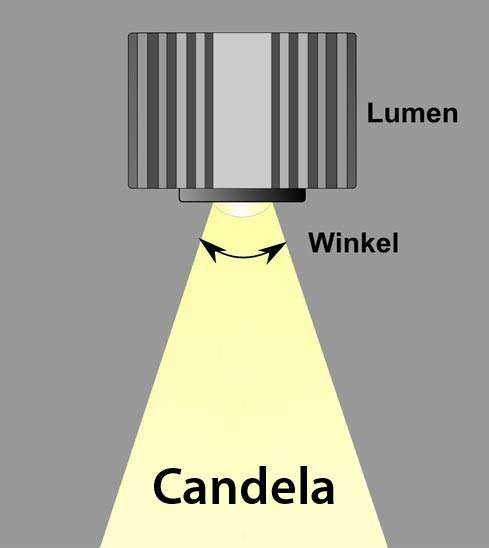

LUMEN CANDELA HOW TO
Simply put, lumens is how to find out how bright a LED display is. Lumen is used to describe light output, and about video projectors, it is commonly referred to as ANSI Lumens. Lumen is commonly used in the context of light bulbs or video-projectors as a metric for their brightness power. It indicates the total potential amount of light from a light source that is visible to the human eye. Lumen is a measure of how much light is emitted ( luminance, luminous flux) by an object. High brightness that would be in danger of damaging the eye would be in the neighborhood of 250,000 nits.
LUMEN CANDELA PROFESSIONAL
Professional displays where HDR content is color-graded can achieve up to 4,000 nits peak brightness. The brightest consumer HDR displays today are about 1,500 nits. How bright is white? Dolby says the range of 0.005 nits – 10,000 nits satisfied 84% of the viewers in their viewing tests. While 0.005 nits is very close to true black, Griffis says Dolby can go down to a black of 0.0001 nits, even though there is no need or ability for displays to get that dark today. Tests showed that a “black level” of 0.005 nits (cd/m²) satisfied the vast majority of viewers. Direct sunlight is around 1,600,000,000 nits.ġ0,000 nits is also the typical brightness of a fluorescent tube – bright, but not painful to look at. The ambient brightness of a sunny day with clear blue skies is between 7000-10,000 nits (between 3000-7000 nits for overcast skies and indirect sunlight).Ī bright sunny day can have specular highlights that reach over 100,000 nits. Virtual Production sets currently sport around 6000 NIT ceiling and 1000 NIT wall panels.
LUMEN CANDELA TV
Most consumer desktop LCDs have Nits of 200 to 300, the average TV most likely has an output capability of between 100 and 200 Nits, and an HDR TV ranges from 400 to 1,500 Nits. If you know the number of Lumens, and wish to know the Nits, simply divide the number of Lumens by 3.426. To work out a comparable number of Nits to Lumens, you need to multiply the number of Nits by 3.426. The Nit can be considered a unit of visible-light intensity which is often used to specify the brightness level of an LCD.ġ Nit is approximately equal to 3.426 Lumens. Nits are simply the measurement of the level of light (luminance) in a given area which the emitting source sends to your eyes or a camera sensor. It’s easiest to think of a TV as emitting light directly, in much the same way as the Sun does. One nit is equivalent to one candela per square meter, where the candela is the amount of light which has been emitted by a common tallow candle, but NIT is not part of the International System of Units (abbreviated SI, from Systeme International, in French). NIT and cd/m 2 (candela power) represent the same thing and can be used interchangeably. As a measure of light emitted per unit area, this unit is frequently used to specify the brightness of a display device.

The term nit is believed to come from the Latin word nitēre, “to shine”. The nit (symbol: nt) is a non-SI name also used for this unit (1 nt = 1 cd/m 2). The unit is based on the candela, the SI unit of luminous intensity, and the square metre, the SI unit of area. The candela per square metre (symbol: cd/m 2) is the unit of luminance in the International System of Units (SI). The luminance of the sun itself is approximately 1,000,000,000 cd/m2. While the luminance of starlight is around 0.001 cd/m2, that of a sunlit scene is around 100,000 cd/m2, which is a hundred millions times higher. Note the detail: it measures the total volume of light within a certain beam angle and direction. Candela is the basic unit of measure of the entire volume of light intensity from any point in a single direction from a light source.


 0 kommentar(er)
0 kommentar(er)
